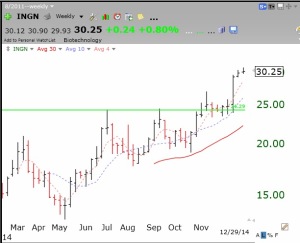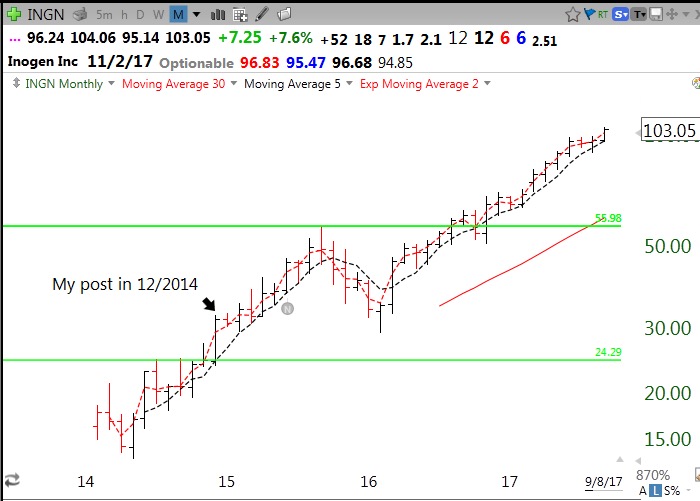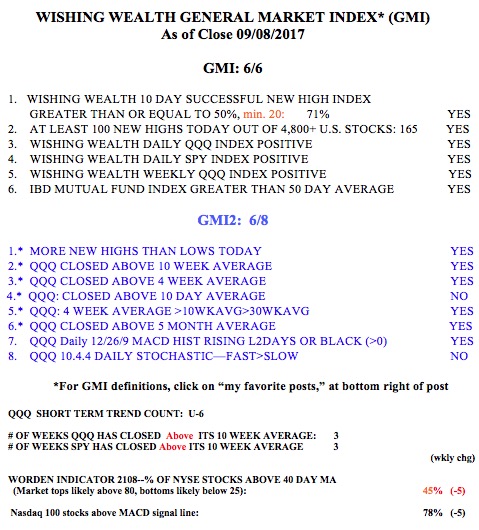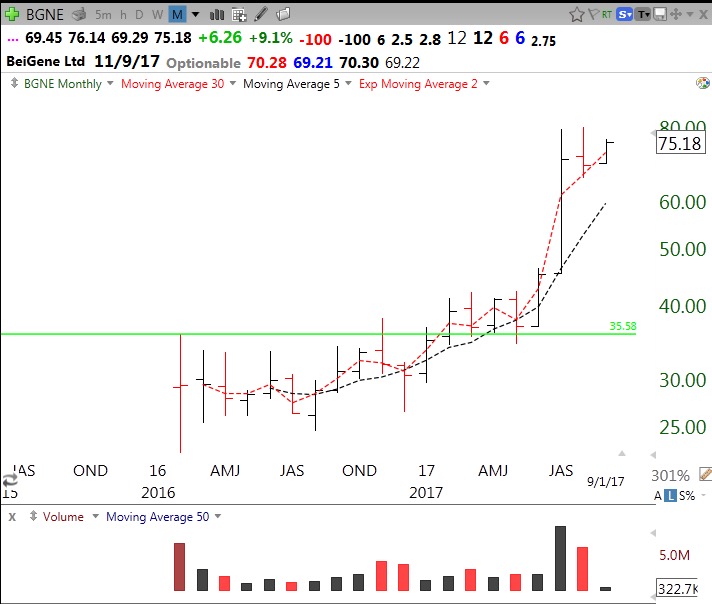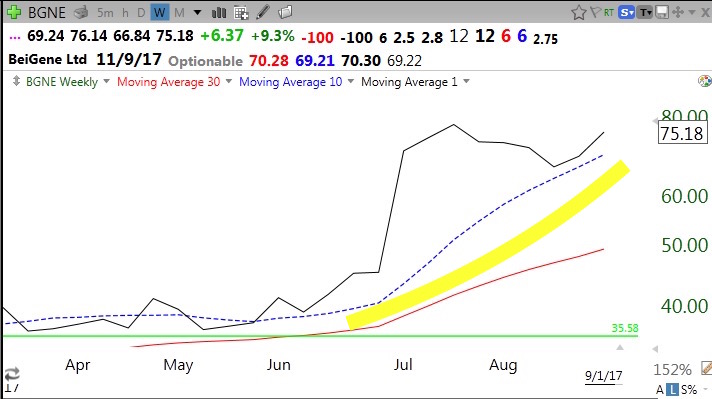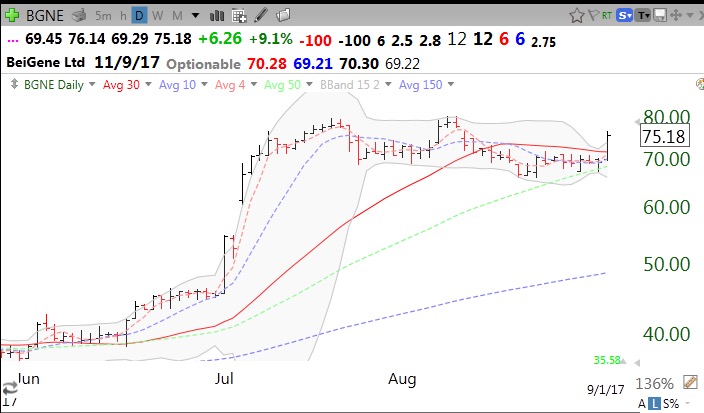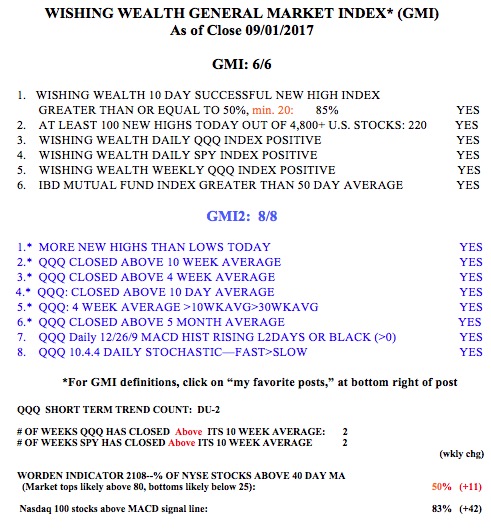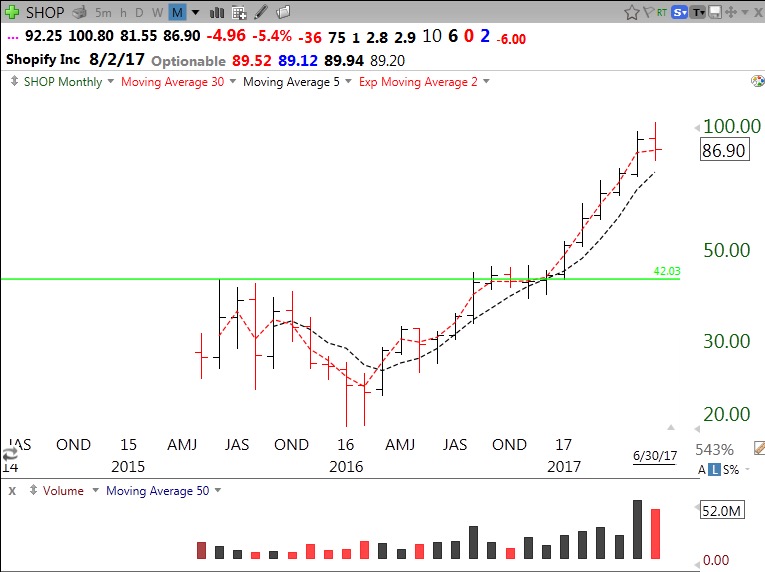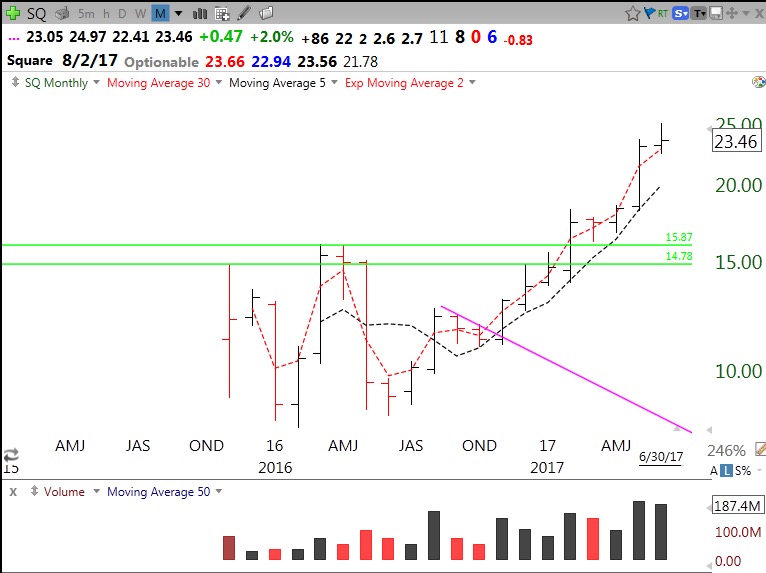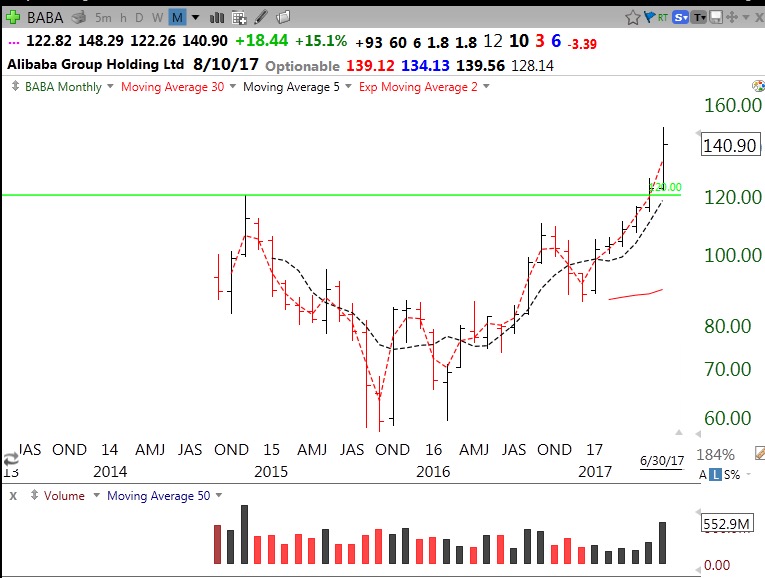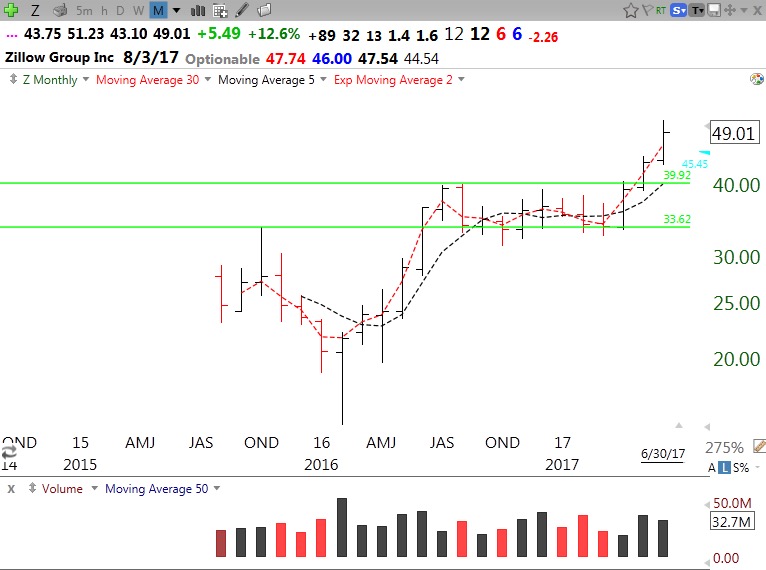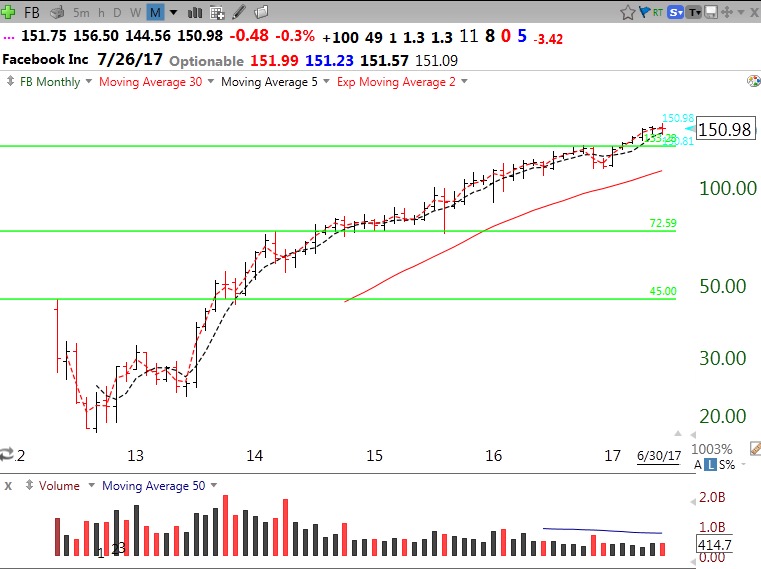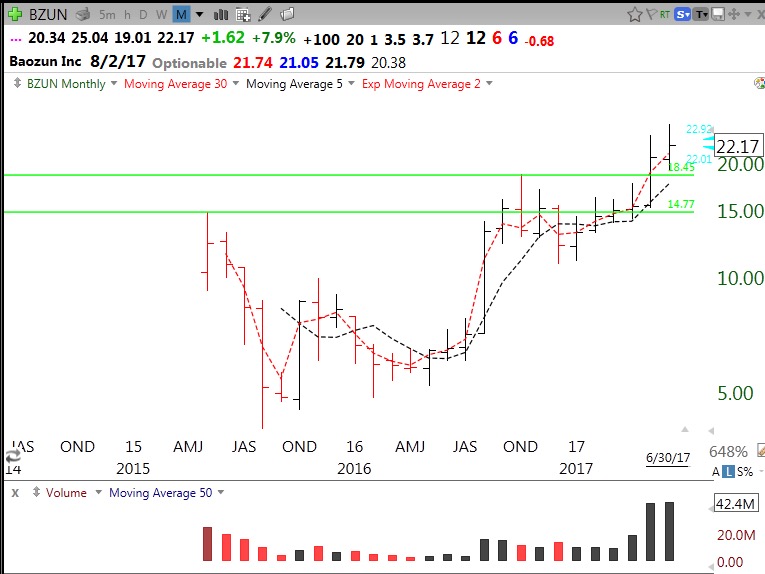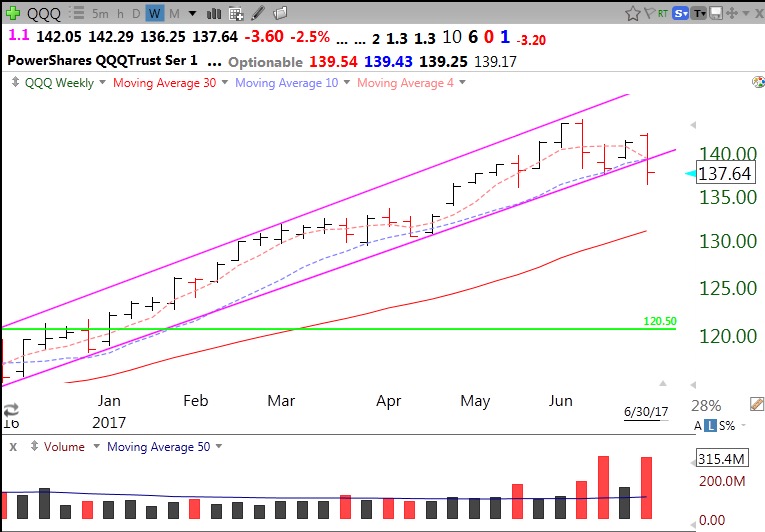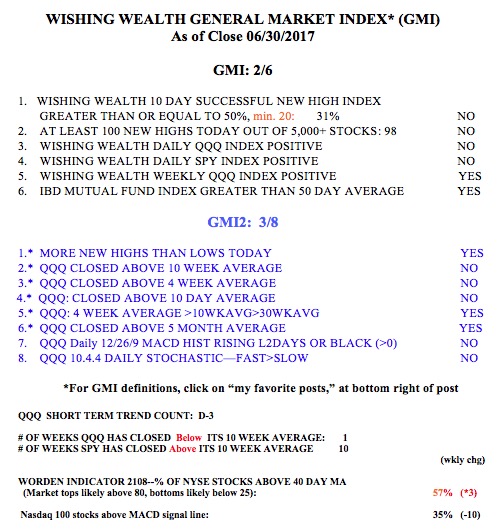On December 29, 2014 I posted the following about INGN:
“My great stock picker friend, Judy, knows someone who needs to be on oxygen. Judy discovered that there is a product made that is very mobile, light weight and has a great battery. She claims that it beats the competition and makes a huge difference to people who must be on oxygen. So Judy researched the product and identified its manufacturer, INGN. Judy does very well by picking stocks that have a great concept underlying their product. She bought some INGN.
INGN is a recent IPO and is scheduled to make some investor conference presentations in mid-January. The stock may therefore be volatile in the coming weeks. Nevertheless, I bought some INGN. By the way, INGN had a green line break-out in November, consolidated, and then moved up. Check out its weekly chart. It has already doubled.”
This weekend I was watching TV and saw for the first time an ad for INGN’s mobile oxygen unit. It showed one person bogged down because he was connected to a traditional oxygen unit and another going about town with INGN’s portable mobile unit. Judy told me about Inogen’s great concept 3 years ago. Unfortunately, I rode INGN for only a short time, much less than Judy did. I was shaken out in 2015’s decline. My mistake was to not buy it back when it recovered and had a new green line break-out at $55.98. One must always continue to monitor promising growth stocks that undergo a decline to see if there is a new GLB. Check out this monthly chart of INGN. At the time of my post in 2014, INGN was at $30.25. INGN closed Friday at $103.05. Maybe their new advertising campaign is going to breathe new life into the stock. A lot of boomers will need to be on oxygen in coming years–or even after a hurricane…
My experience with INGN shows the virtue of investing in companies with innovative products. A company with a great concept and strong technicals is much easier to invest in and hold for the long haul than an investment based on just a good chart.
The GMI remains at 6 (of 6):
